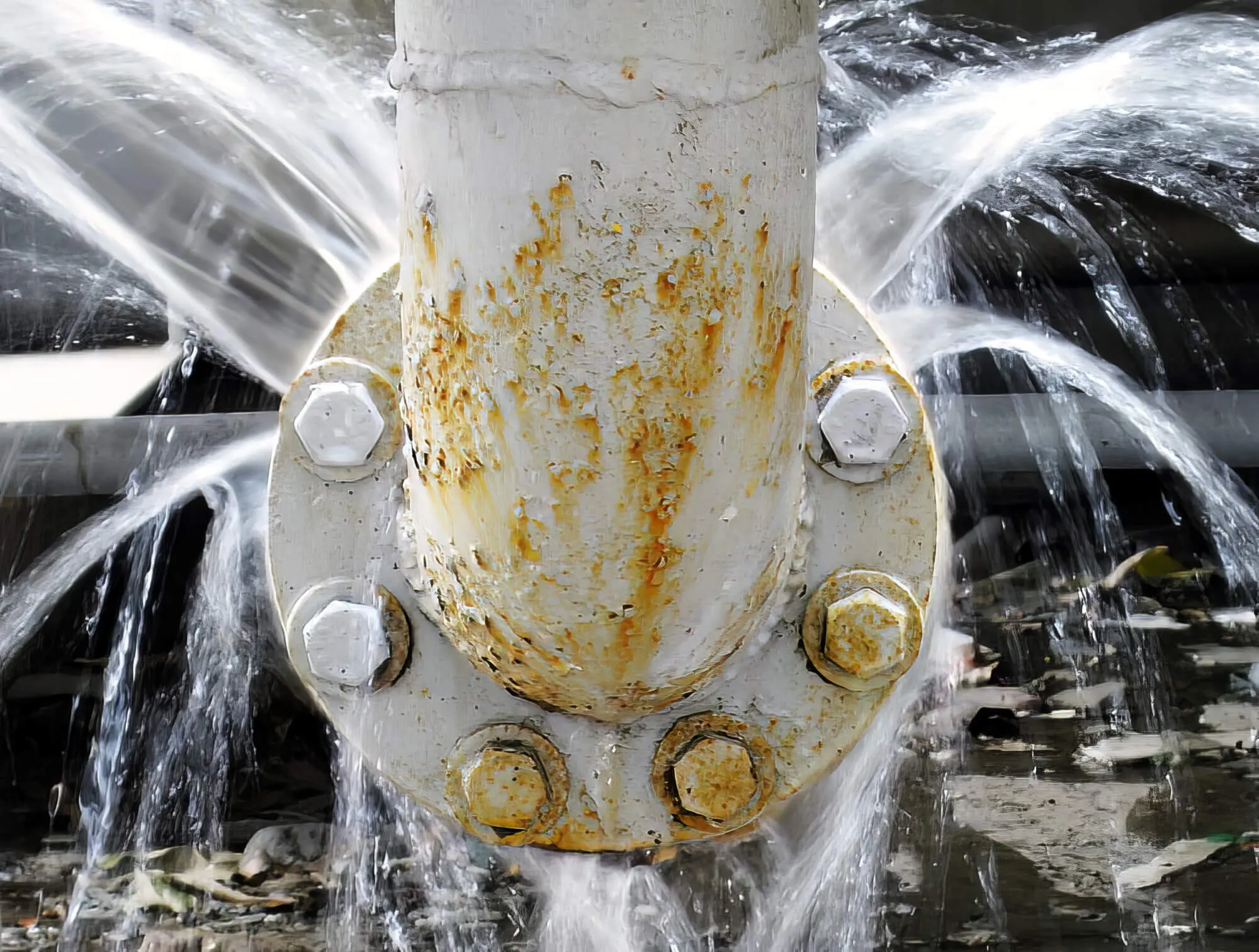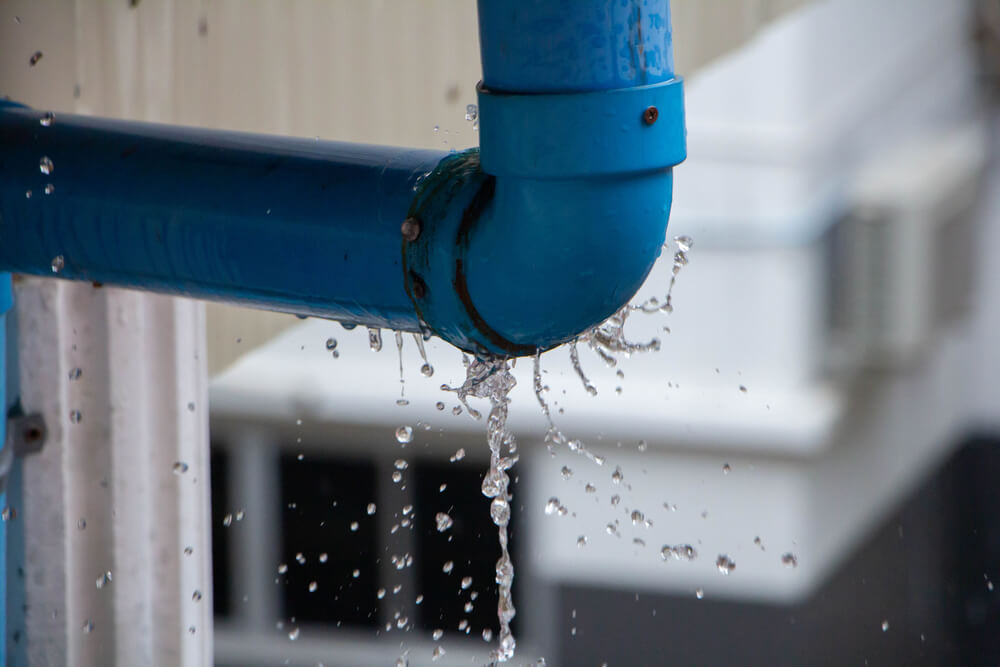Avoiding Ruptured Pipes: Crucial Tips to Secure Your Pipes
Preventing burst pipes is a vital issue for house owners, especially during colder months when the threat of cold is increased. Executing tactical procedures such as correct insulation, regular examinations, and keeping constant indoor temperature levels can considerably reduce the likelihood of pipe failure. Additionally, understanding emergency situation procedures outfits property owners to react promptly to prospective plumbing problems. Lots of are unaware of the particular susceptabilities that their pipelines may encounter. Exploring these susceptabilities can offer indispensable insights into securing your plumbing system properly.
Understand Pipeline Vulnerabilities
Understanding pipeline vulnerabilities is important for effective plumbing maintenance and avoiding costly damages. Several aspects add to the susceptibility of pipelines to bursts, consisting of material structure, age, and ecological conditions. Older pipelines, specifically those made from galvanized steel or polybutylene, commonly weaken with time, causing boosted risk of tears and leaks.
Temperature variations can also considerably influence pipe integrity. In chillier climates, water entraped in pipelines can freeze, applying and expanding stress on the pipe wall surfaces, which may ultimately cause a ruptured. High water stress can strain pipes, specifically at joints and bends, enhancing the probability of failure.

Insulate Pipeline Properly
Correct insulation of pipes is crucial for stopping cold and succeeding ruptureds throughout winter (burst pipe). Shielding your plumbing system efficiently safeguards against temperature drops that can bring about pricey damage. Begin by determining vulnerable locations where pipes are exposed to outside temperature levels, such as cellars, attic rooms, and exterior wall surfaces
Use foam pipeline insulation sleeves or cover insulation tape around these areas to provide a protective barrier. Make certain that all sections of the pipelines, especially those with restricted heat direct exposure, obtain ample insulation. Pay unique focus to fittings and joints, as these are a lot more vulnerable to freezing.
When insulating, it's essential to choose products that meet neighborhood building regulations and are suitable for the specific setting. For example, fiberglass insulation is frequently recommended for its thermal resistance properties - burst pipe. In addition, take into consideration utilizing warmth cords or tape in severe problems, which can be plugged in to give additional warm
Regularly check protected pipes for any indicators of wear or damages, as endangered insulation can lessen its effectiveness. By taking these proactive steps, you significantly minimize the threat of pipeline ruptureds, guaranteeing a reliable pipes system throughout the winter months.
Maintain Consistent Temperature
A stable indoor temperature level is vital for stopping burst pipes throughout the freezing months. When temperature levels decline, water within pipelines can freeze, developing and broadening stress that might inevitably trigger the pipes to ruptured. To minimize this danger, homeowners ought to preserve a constant temperature throughout their living room, ideally no less than 55 ° F(13 ° C)Using a programmable thermostat can help take care of interior temperature levels properly, making sure that spaces with pipes stay cozy even when your home is empty. Pay unique focus to locations that are a lot more prone to cool, such as garages, cellars, and attics. Maintaining view it cupboard doors open under sinks can likewise allow warmer air from the home to distribute around pipes.
On top of that, it is sensible to enable taps to drip somewhat throughout severe cool spells. This minor circulation of check that water can avoid freezing by minimizing pressure within the pipelines. During especially serious weather events, consider momentarily suspending any kind of nighttime setbacks on your thermostat to preserve a constant cozy atmosphere. By carrying out these techniques, property owners can substantially minimize the threat of pipeline bursts and protect their pipes systems against the extreme wintertime components.
Frequently Examine Plumbing
Regular evaluations of pipes systems are vital for stopping burst pipelines and preserving overall home stability. During these evaluations, it is necessary to analyze visible pipes for indicators of corrosion, leakages, or use.
Furthermore, evaluating connections and joints is essential, as these points are commonly prone to leaks. House owners need to also assess water stress degrees, as too much stress can stress the pipes system and raise the threat of pipe ruptureds.
Think about scheduling professional plumbing inspections at the very least when a year, especially before winter season, to guarantee your system is prepared for cooler temperatures. By being positive in your approach, you can guard your home versus the turbulent and expensive effects of ruptured pipelines.
Know Emergency Situation Procedures
Comprehending emergency situation treatments is important for every property owner, specifically after performing routine plumbing evaluations. Being prepared for a plumbing emergency situation can significantly reduce damage and conserve prices.
Following, maintain crucial tools handy. A plumbing emergency situation set ought to consist of a wrench, plunger, and towels, along with a flashlight and a container for small leaks. Additionally, think about having the call info for a relied on plumbing technician conveniently offered, must the scenario rise past your control.
If you discover a leak or burst pipe, quickly transform off the water and inform your plumbing technician. Furthermore, record the damages with photographs for insurance policy functions. burst pipe. Know the indications of potential pipes issues, such as unusual water stress fluctuations or damp areas on wall surfaces
Eventually, aggressive knowledge and quick action are vital in managing plumbing emergency situations, ensuring your home stays safeguarded and reducing possible damages.

Conclusion
To conclude, avoiding ruptured pipelines requires a multifaceted strategy that consists of understanding pipe vulnerabilities, proper insulation, maintaining regular indoor temperature levels, routine evaluations, and understanding of emergency situation treatments. By carrying out these vital methods, the risk of pipes failures can be substantially decreased, thus making sure the durability and performance of the pipes system. Proactive procedures not just protect versus prospective damage yet likewise contribute to total water preservation and the protection of residential or commercial property.
In cooler climates, water caught in pipes can click for info ice up, expanding and putting in stress on the pipe wall surfaces, which might ultimately lead to a ruptured. When temperature levels decrease, water within pipes can ice up, creating and expanding stress that might ultimately create the pipelines to ruptured. By implementing these approaches, homeowners can substantially decrease the threat of pipeline bursts and secure their plumbing systems versus the harsh wintertime components.

Comments on “Signs of a Burst Pipe: How to Identify and Address the Issue Before It Escalates”